When I decided to knit a Latvian mitten I had no idea that Latvian Mittens are the oldest that have been found in the world and identified clearly dating from 1000 CE. (1) Of course the cold weather was the main reason for their creation, but in Latvia mittens played a decorative and cultural and symbolic role as well.
According to the poet poet Imants Ziedonis: “For Latvians mittens are rooted so deeply in customs, traditions and mythology that they have become an attestation of our identity.”
Latvian Mitten Related Traditions
Perhaps the most important of all mitten related traditions could be observed at weddings. Before marrying, a girl filled her dowry chest with hundreds of unique, hand-knitted mittens. These weren’t mere gifts; they were acts of dedication, bestowed upon family, organizers, and even farm animals. Every mitten boasted a distinct design, showcasing the bride’s skill and earning pride, or a good-natured mocking from the maids.
Newborns were dressed with mittens to ward off evil spirits and bring good luck.
Mittens adorned with specific patterns were believed to bring wealth and good fortune to the wearer, sometimes they were attached to decorative belts.
In some regions, worn-out mittens were ceremonially burned to release any negativity absorbed during their use (2)
The symbolism within the mittens
Most of the patterns in Latvian mittens have been derived from their ancient tradition of deities and gods. Every deity and god had its own tasks and mission and it was represented by one or more symbols that characterized it. These are some:
Dievs: the supreme GOD of Baltic mythology. He was the god of light, sky, prosperity, wealth, ruler of gods, and the creator of the universe. Its symbol is The oak tree. This mighty tree represents strength, wisdom, and the connection between heaven and earth. Now through Christianity it is linked to Jesus Christ.
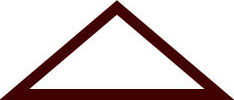
Māra: is the highest-ranking goddess in Latvian mythology. She represents Mother Earth and is a protector of women. She is the alternate female side of Dievs. She takes a person’s body after their death while Dievs takes their soul. Now through Christianity she is linked to the Virgin Mary. There are numerous symbols for her:

Earth Signs:


Water Sign:

One of the things I admire greatly in all Nordic European countries are their folk designs. I love how geometric and beautiful they are.
Saule: is the goddess of the sun and fertility, patron goddess of the unlucky, including orphans. She was the mother of the daughters of the sun and lived on top of a mountain and flew across the sky on her chariot. At night, she sailed across the sea. She is a beloved Baltic Sun Goddess sometimes recognized as a red apple, setting in the west. Saule is reborn as her daughter, the morning star at the Winter Solstice.
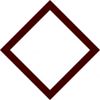
There are so many variations:

Mēness is the moon god. he rules over the cycle of life, creation or destruction, living or dying. Mēness is depicted as wearing coat and suit of stars, and a blanket of stars across his back. He is depicted in folk riddles as a shepherd whose herd is the stars. Mēness possess two foals — the morning star (Auseklis) and evening star. Mēness’s wife is the Sun. However, Mēness can also be encountered as a female: Mēnestiņa, Mēnesīte, Mēnesnīca.

Pērkons: is the God of thunder. He is renowned as the guardian of law and order and as a fertility god. The oak, as the tree most often struck by lightning, is sacred to him. His symbol is a “firecross” and it is one of the oldest symbols having been found in pottery and jewelry dating from 4 BCE. Its symbol is the swastica and they have many versions. Facing counter-clockwise “with the sun”—material realization of divine thought. Facing clockwise, “toward the sun”—spiritual life, strengthens awareness and the soul.

Here is a chart that has these and more.

Mitten Designs
Mittens and belts were among the first crafts I saw. I instantly was blown away by their detailed designs and the the colors. And I decided to try and knit my own pair. There were many inspirations… let me show you a few.
NATO Summit 2006. What? Wait for it… It turns out, this Summit was held in Riga, and the Latvian Task Force gifted the attendees 4,500 pairs of mittens! They were knit by men and women between 30 and 86 years old. They were photographed and there is a gallery and more information about them HERE. This is a photo of the women’s mittens knitted fromathe region of Kurzeme. When you click on them they are bigger and you can see one after the other.


And these are from images online…
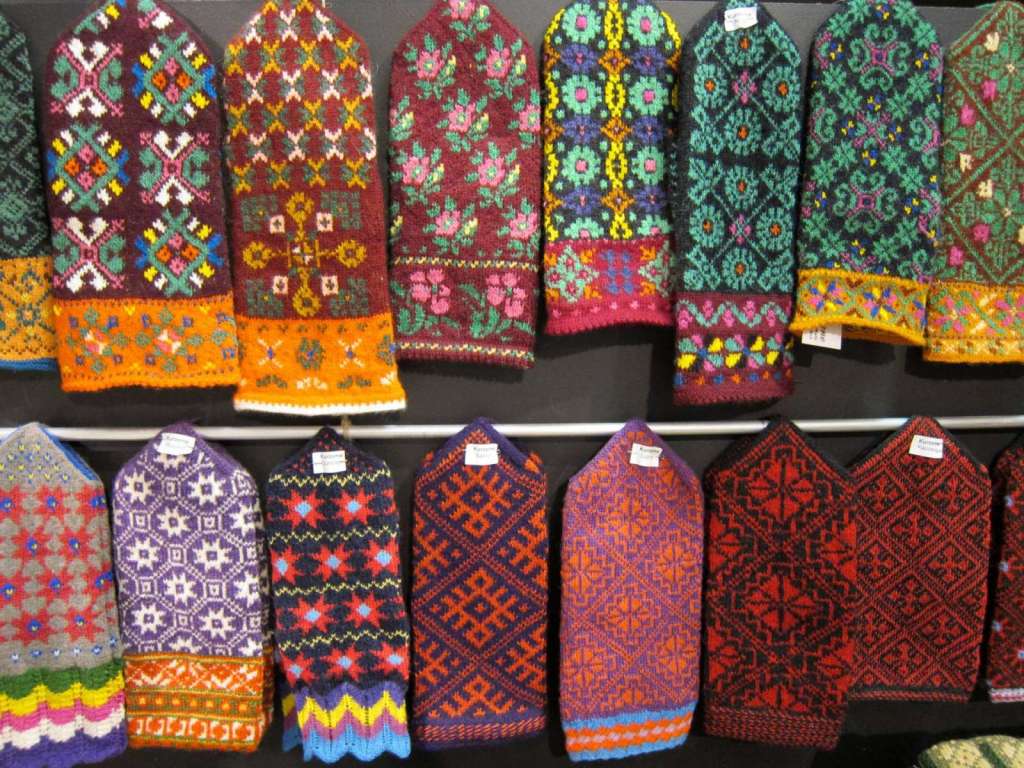
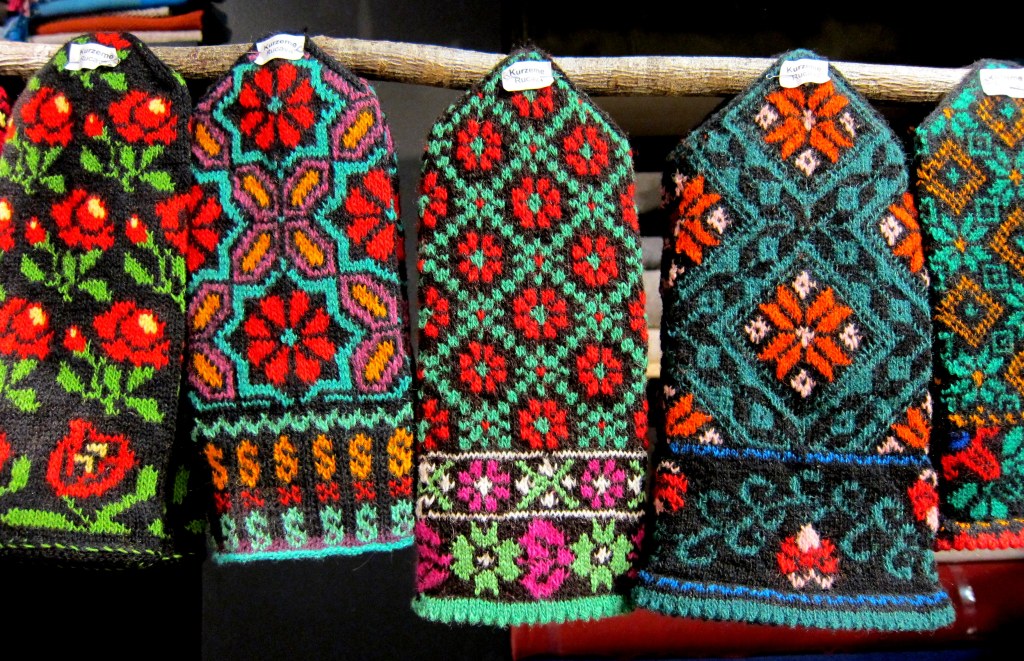
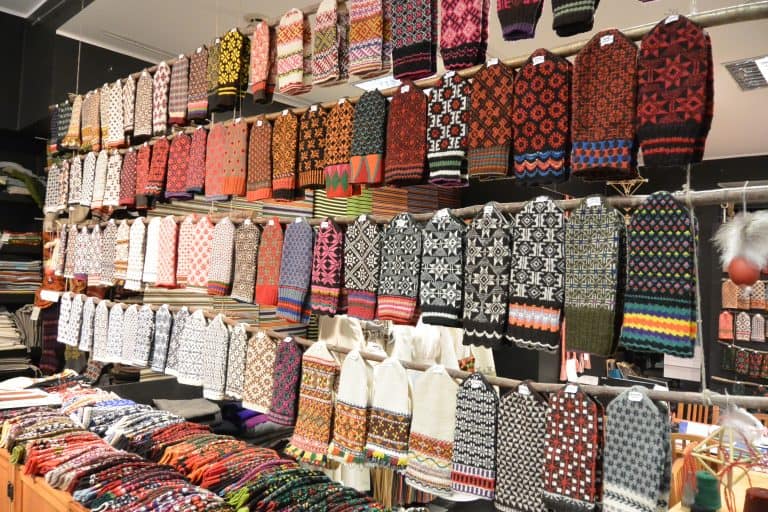
I also found some interesting books about Latvian Mittens. Perhaps this was the most complete in the sense of history and design is this one:
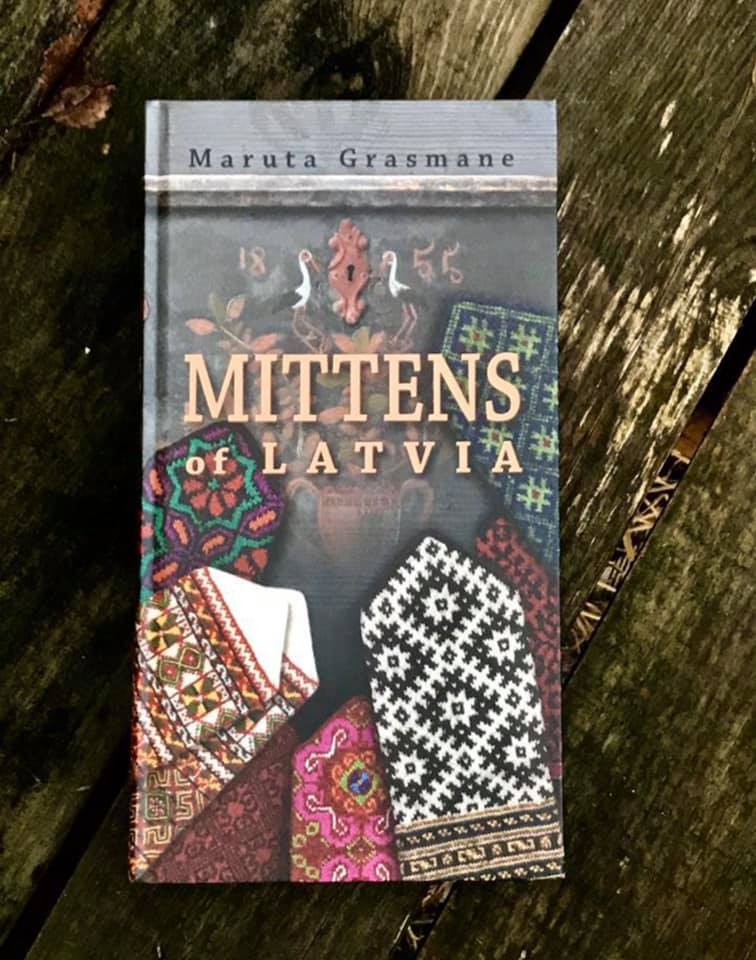
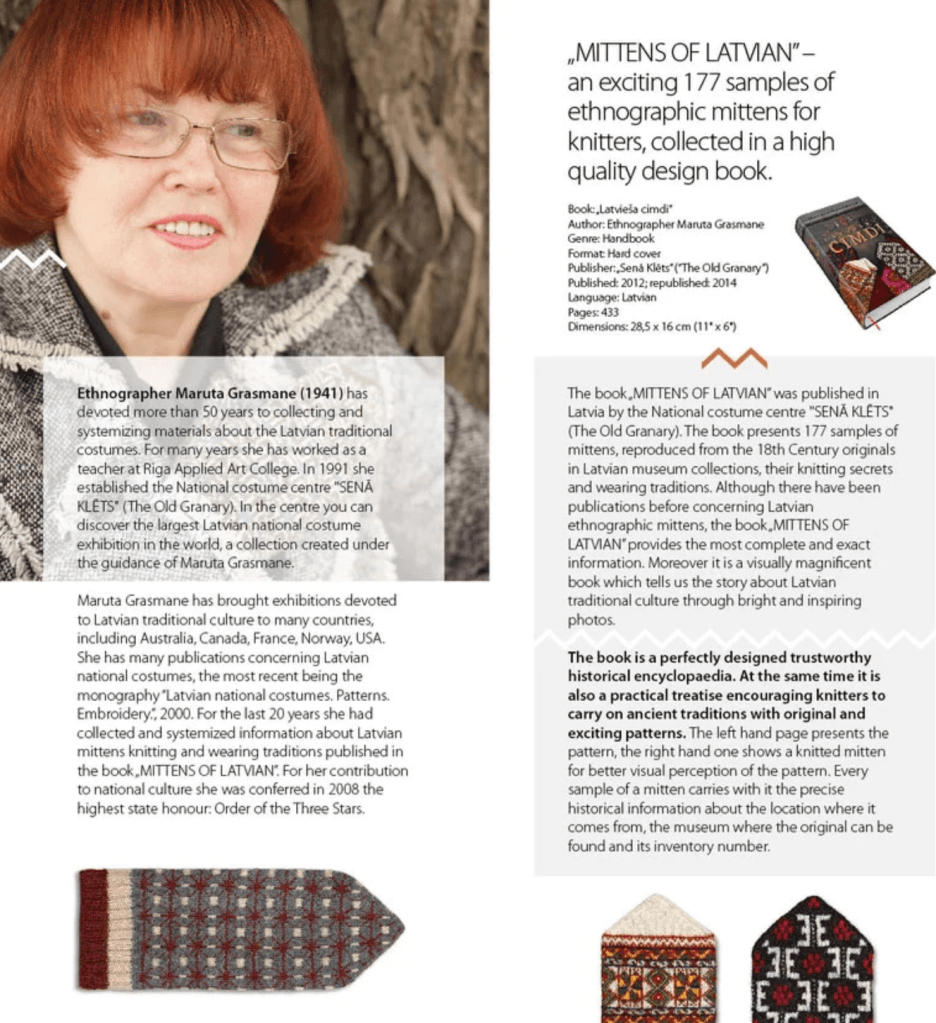
But I like this one better pattern wise and it was at my local library!
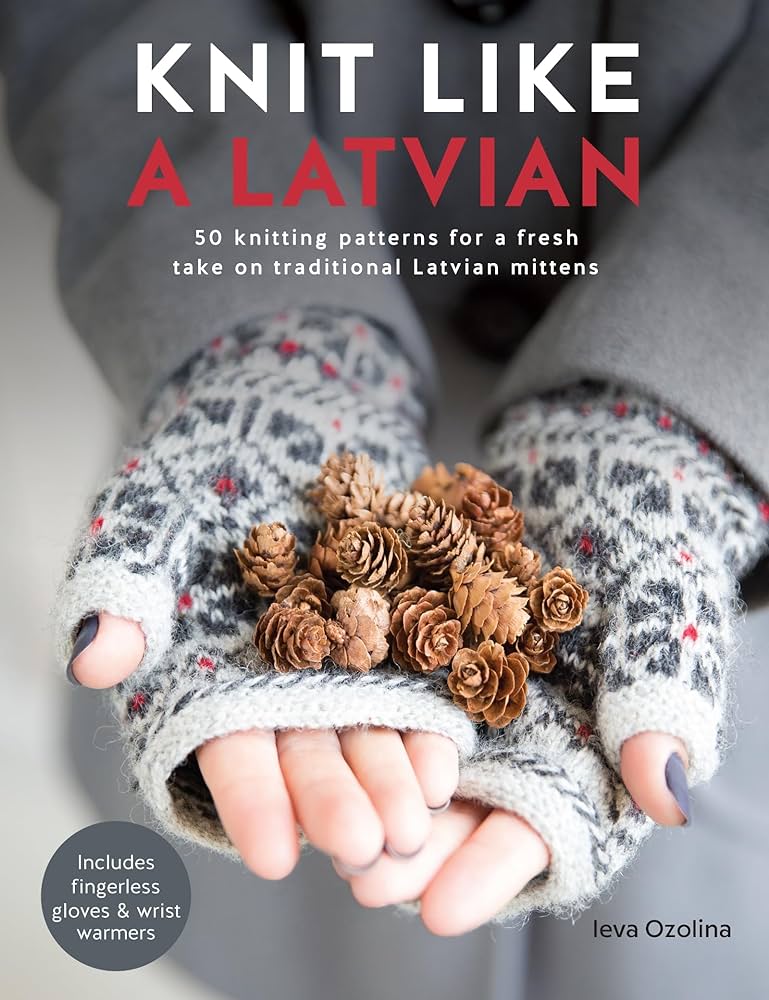
I also saw her website HERE. And I fell in love with a design that had Mara -(at least I think those crosses were Mara!)- and since my name is Maria… well…

The only thing that I was not convinced about were the colors… white in my hands would turn to… brown eventually! So I changed the colors but kept the red as my coat is red. The pattern call for really thin needles, but I ended up using size 3… 5 double pointed needles made of metal. I had never knit with such thin needles! I ended up buying plastic protectors to cover their sharp ends…
Let me tell you… it is not easy to knit with so many needles sticking out from your piece! But I was determined! ^ ^ Here are images of my process…

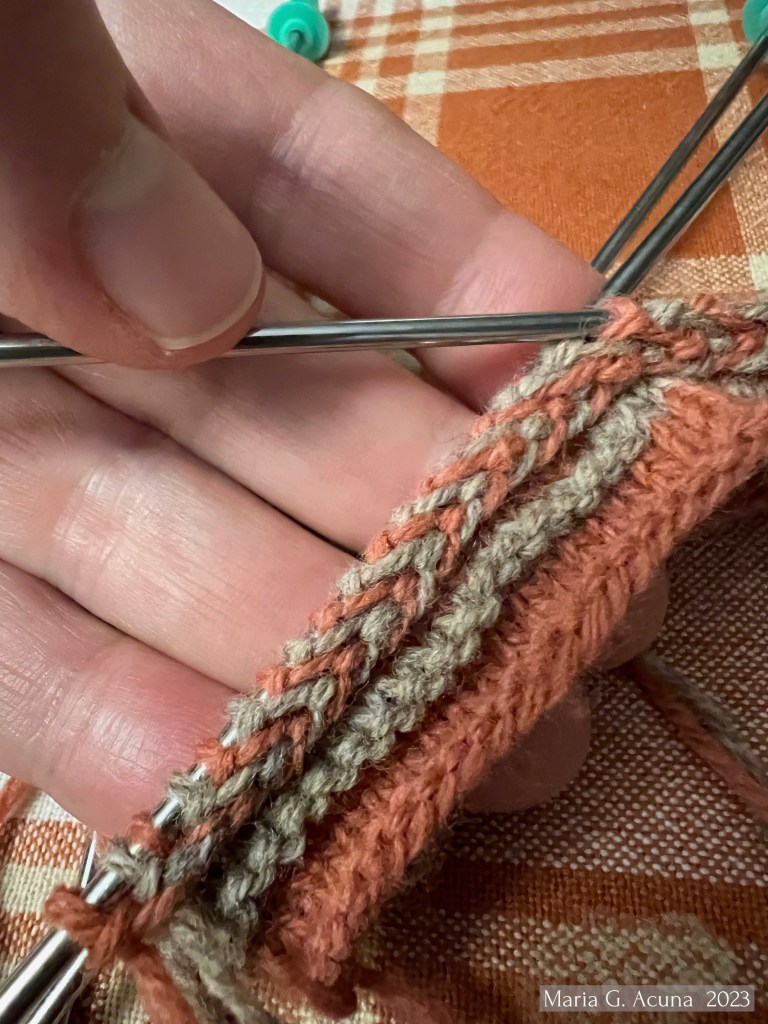

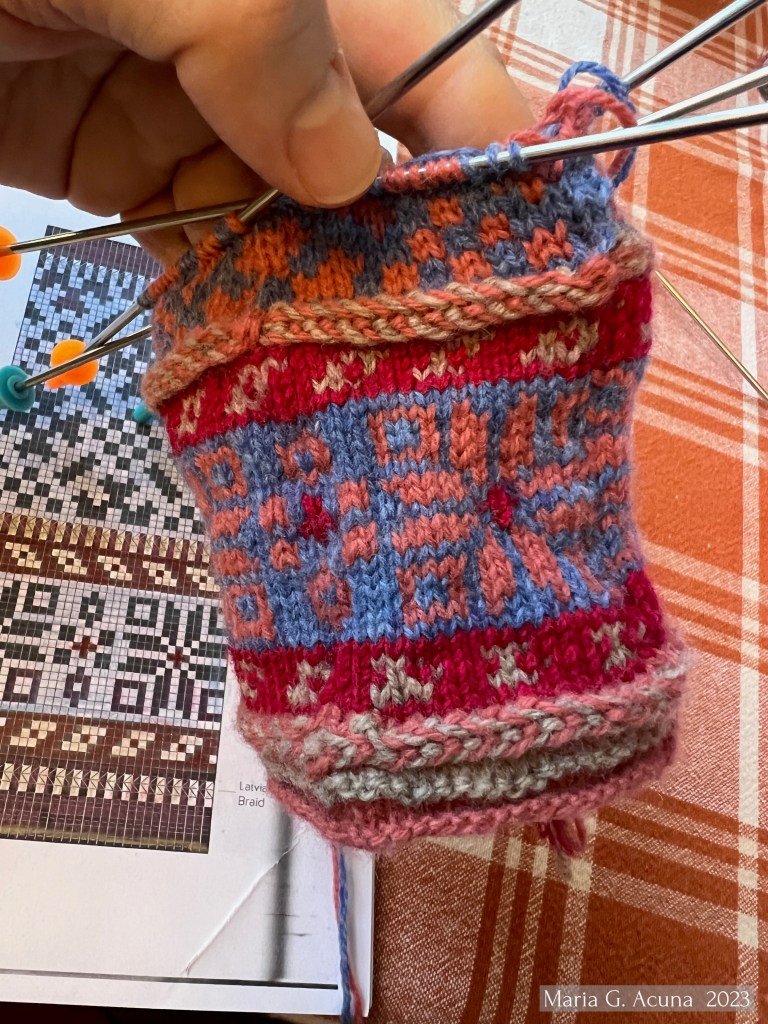
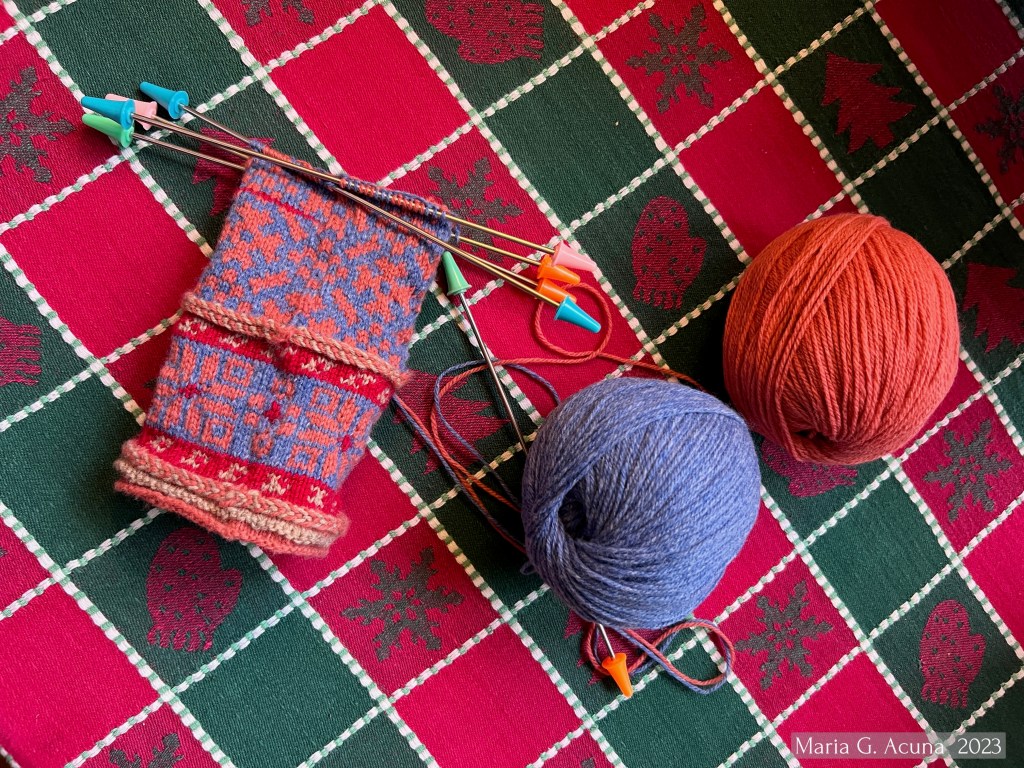

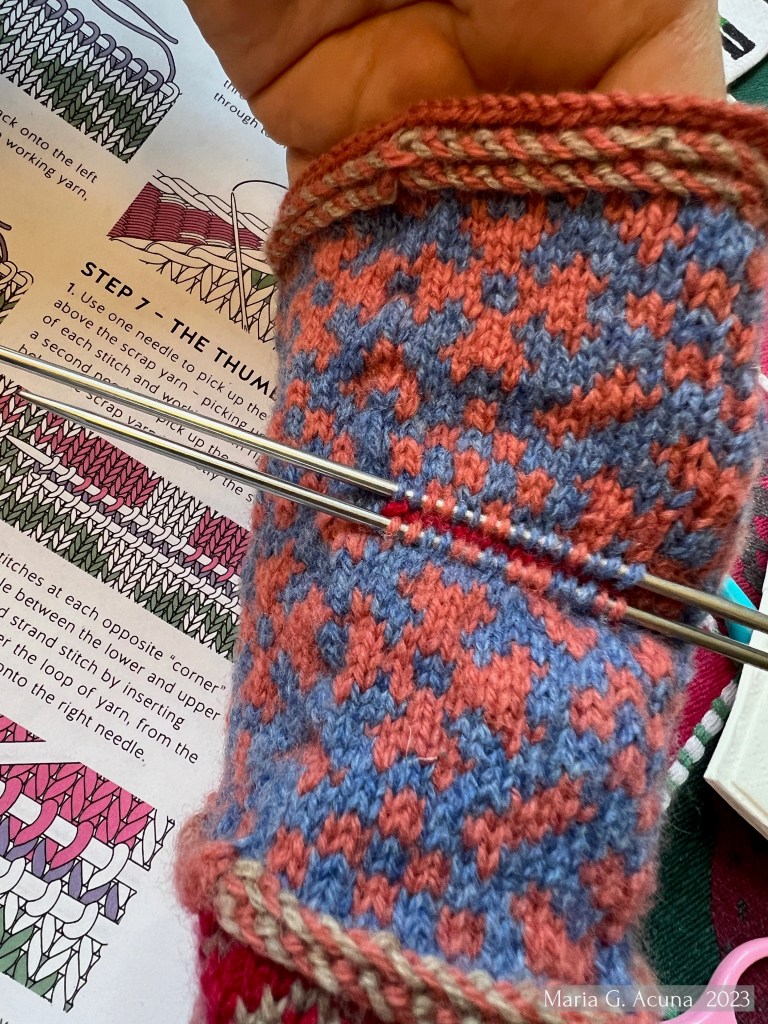


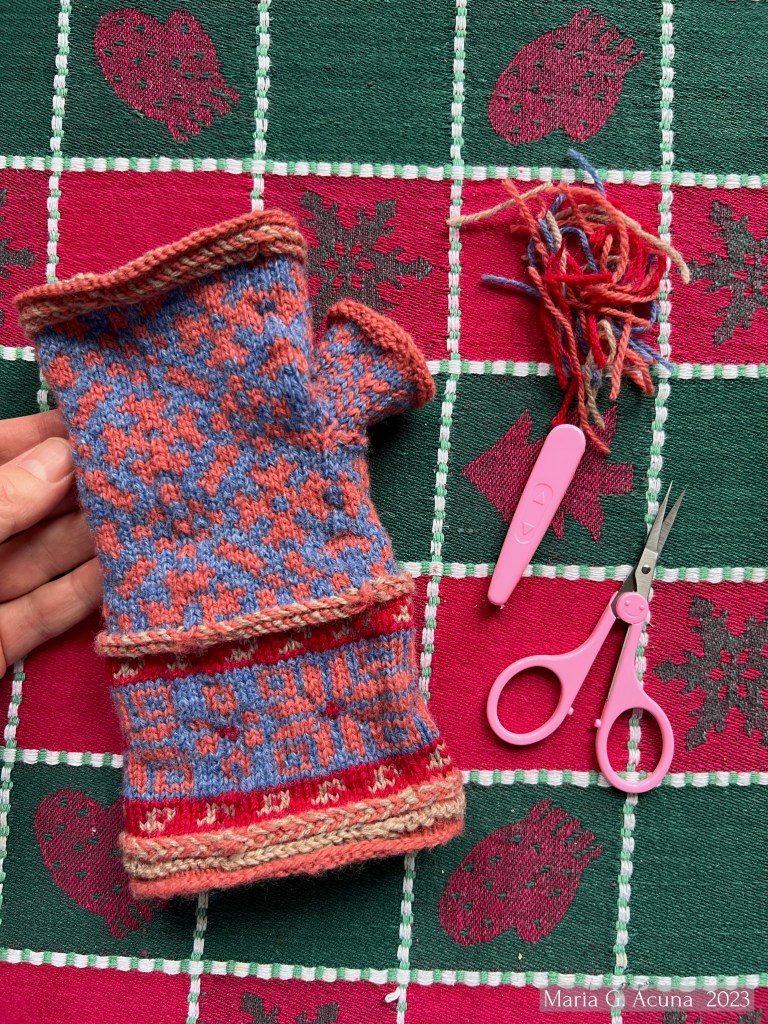
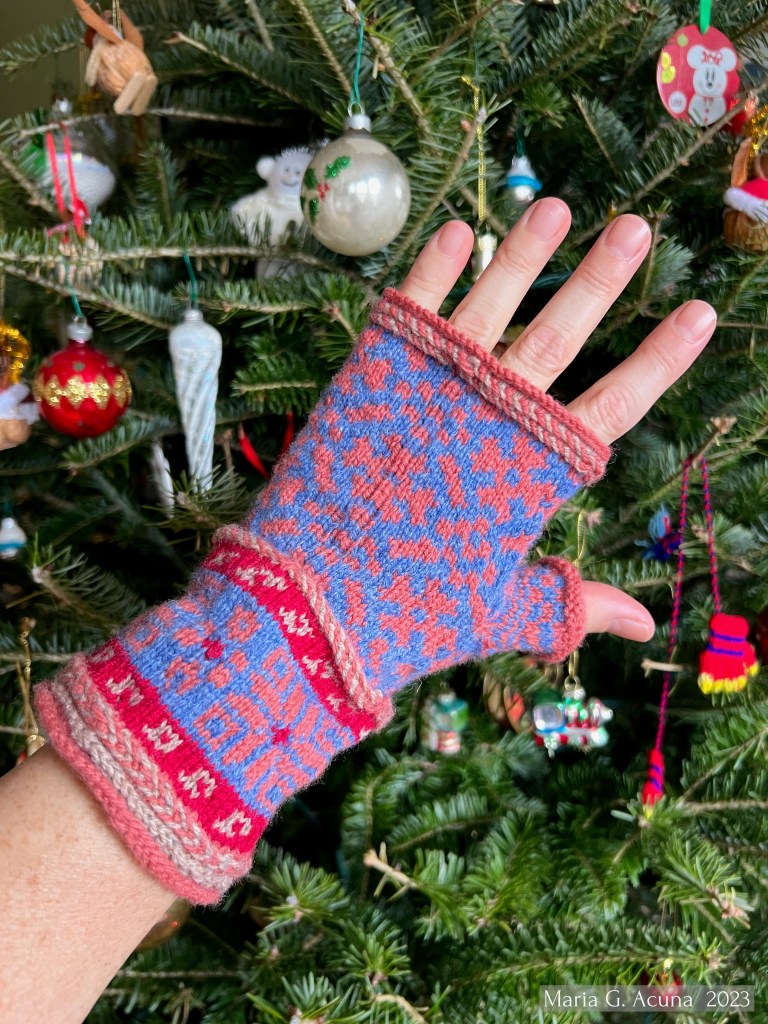
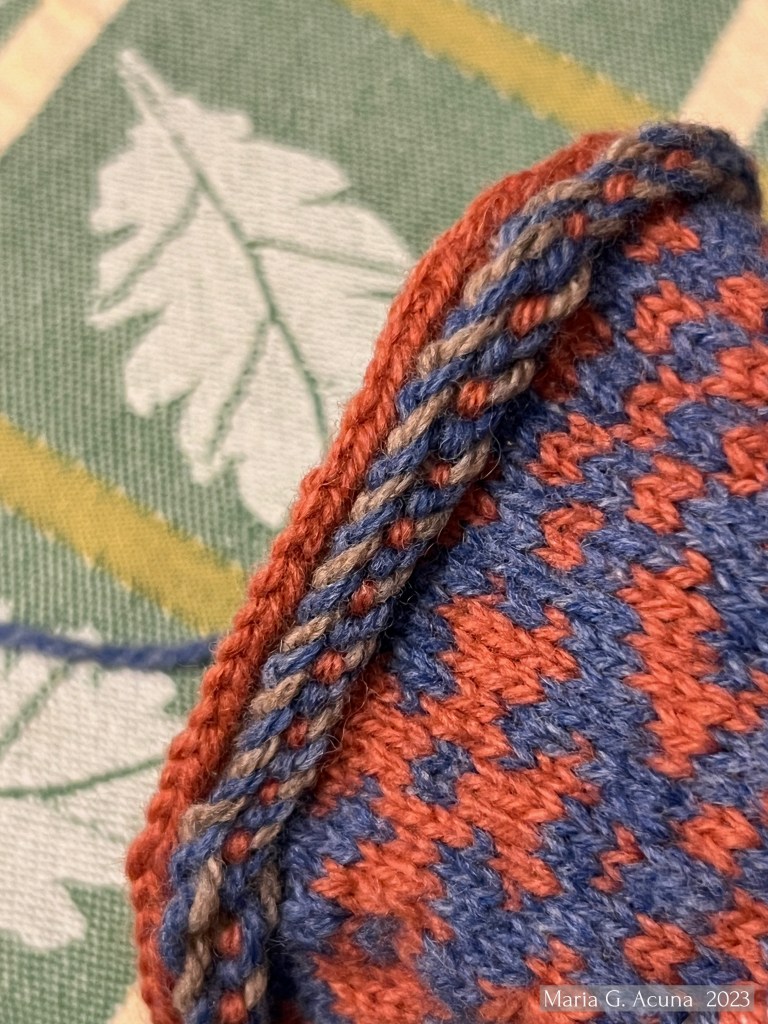

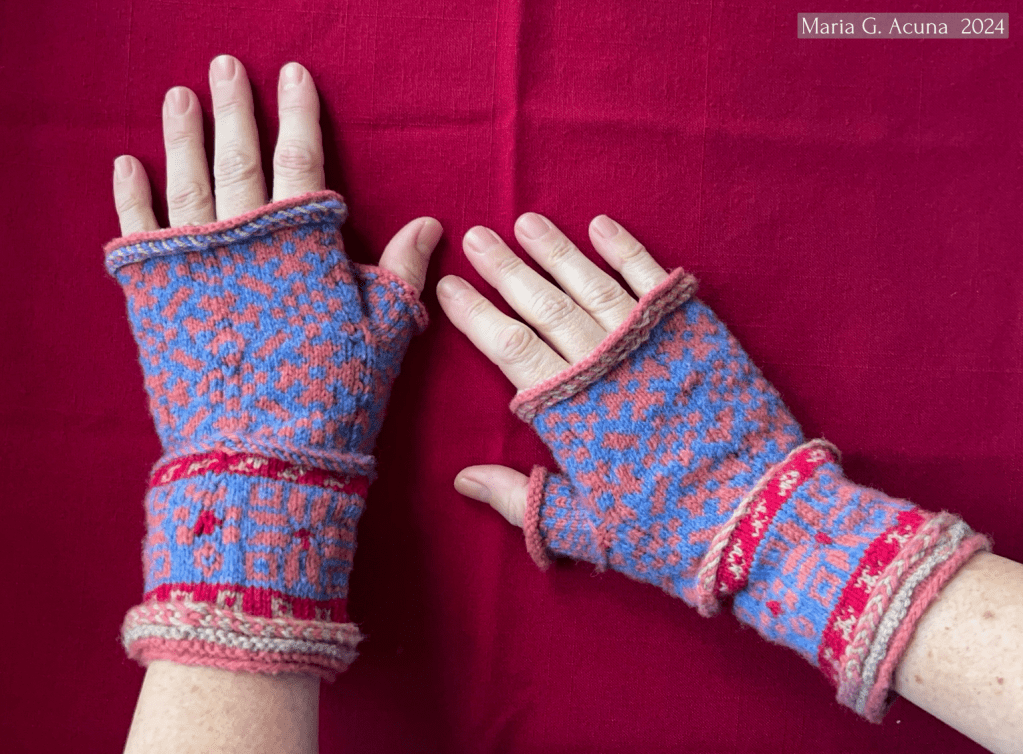

Woo hoo! I did it! How long did it take? Well I started them on November 8th and completed them yesterday January 20th… on and off for two months! (5 rounds a sitting… took about 30 minutes…!)
Something new I learned stitch wise was something called a Latvian Braid… this is what it looks like:

Isn’t it beautiful? And so 3D! To make it one knits one round alternating two colors yarn in the back of the needles, then one brings the yarn to the front and do two rows pearling … also alternating colors (but keeping the same colors on top of each other. Here is a video that helped me get it, in case you want to learn it and add it to a project…
If you live in a winter cold place at this moment, I hope these warmed your …heart! ^ ^
Sources
(2) Latvia: Art and Culture by Zanete Kalnina
(3) About Latvian Signs: https://latvians.com/index.php?en/CFBH/Zimes/zimes-00-sheet.ssi

Hola Ma. Gabriela. Es muy completa la descripción qué haces de esta artesanía del tejido de guantes de las mujeres de Letonia.
Los abundantes diseños con formas geométricas realizadas con varias agujas y muchos colores las hace muy complejas y para personas que ya tienen un nivel avanzado en tejido.
También la explicación de la mitología con dioses variados y complejos… que recuerdan a los griegos.
Felicitaciones.
LikeLike
¡Me alegro que te gusto mami! ^ ^
LikeLike